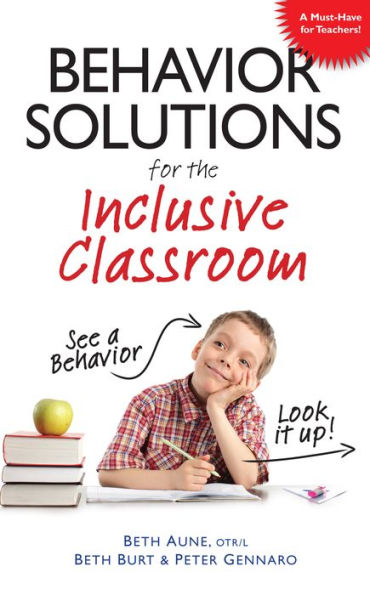Table of Contents
Introduction xi
Section 1 Movement Issues 1
Arm- & Hand-flapping 2
Arm-swinging 5
Breaking Pencils and/or Crayons 7
Bumping Into Other Students/Touching Inappropriately 10
Chewing on Shirt or Other Inappropriate Items 13
Excessive Yawning 16
Fidgeting 19
Out-of-Seat Behaviors 22
Excessive Hugging, Leaning against People, or Pushing People 26
Taking Off Shoes 29
Section 2 Avoidance and Retreat Behaviors 33
Avoiding Physical Contact or Messy Activities 36
Covering Ears 39
Hiding or Running Away When Upset 42
Putting Head Down or "Shutting Down" 45
Section 3 Difficulty with Routine and Academics 47
Difficulty with Carpet Time 50
Difficulty with Lining Up 53
Difficulty Starting Assignments 56
Difficulty with Small Group Activities 59
Difficulty with Homework 62
Losing Materials and Missing Assignments 65
Messy Desk or Disorganized Binder 68
Poor Handwriting 71
Not Attending/Off Task or Not Following Directions 74
Not Following Playground Rules 78
Problems at Lunchtime 82
Not Asking for Help 85
Transitioning and the Insistence on Sameness 87
Section 4 Social-Emotional Issues 91
Saying Rude or Inappropriate Things 94
Clothing Issues 97
Difficulty Accepting Criticism 99
Difficulty Making Decisions 102
Excessive Talking 104
Humming, Talking to Self, or Inappropriate Vocalizations/Odd Gestures 108
Interrupting 110
Laughing Excessively or Being Silly 112
Little or No Eye Contact 115
Smelling People or Objects 118
Talking Loudly 120
Temper Outbursts 122
Appendix A Movement Breaks/Goal-Directed Tasks 125
Appendix B Sensory Input Devices 127
Appendix C Calming Techniques 128
Additional Resources 131
About the Authors 137
Index 141



